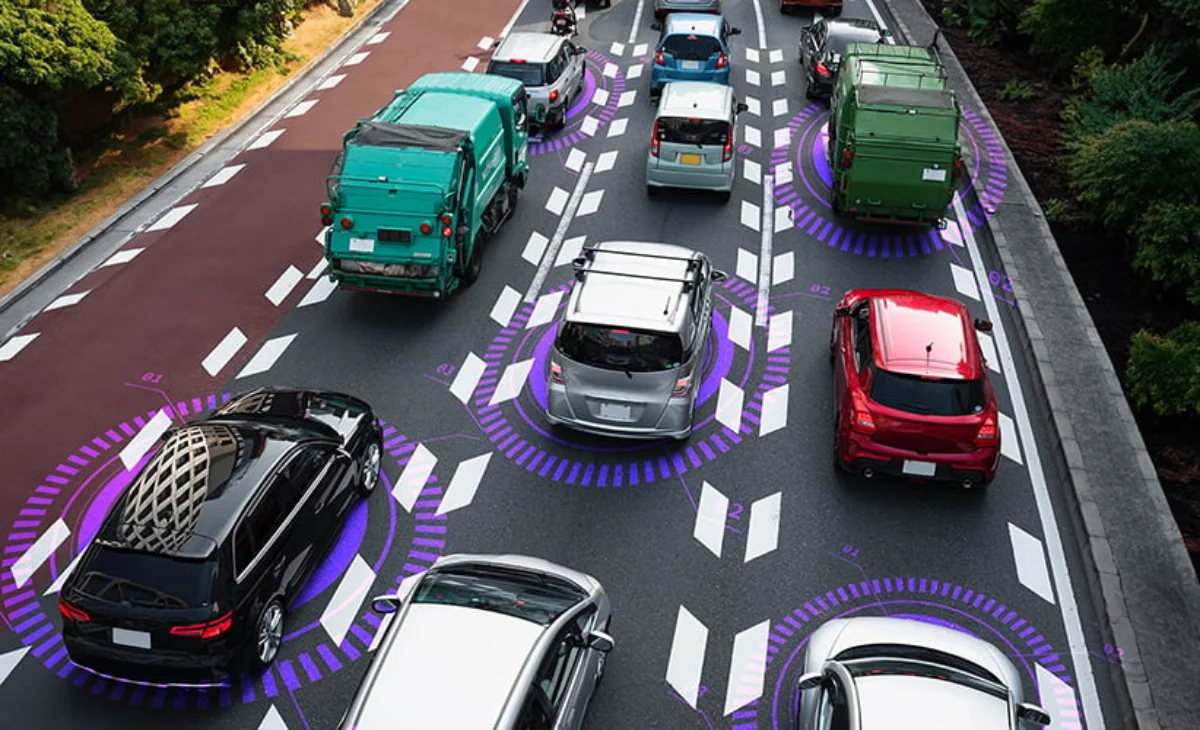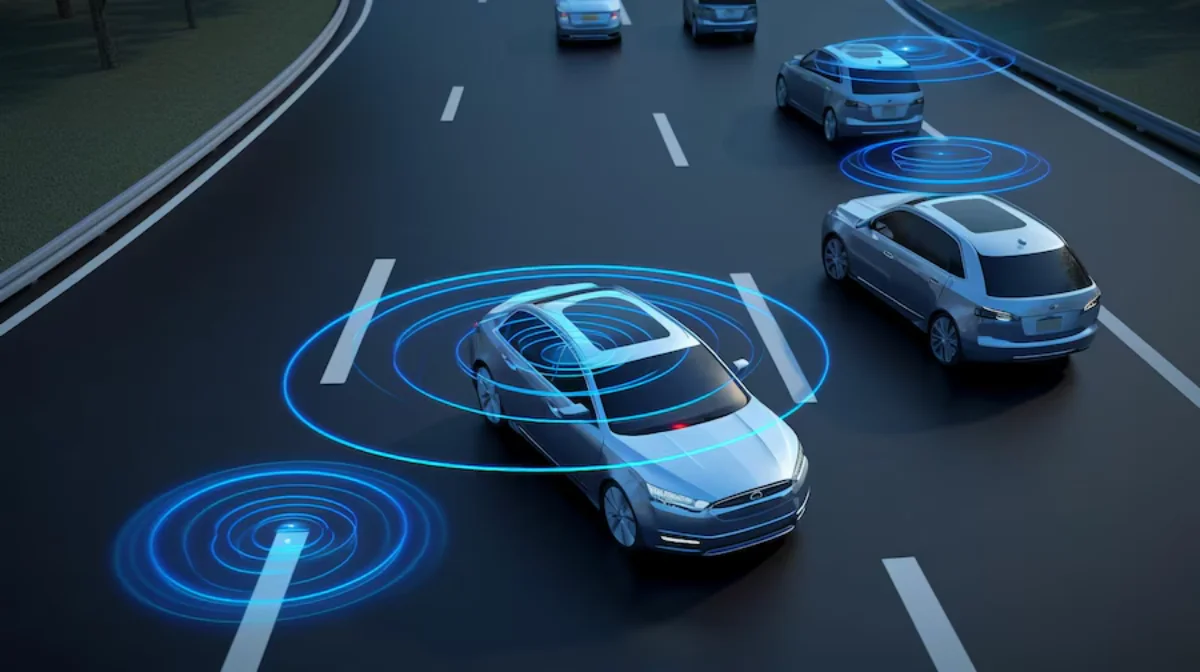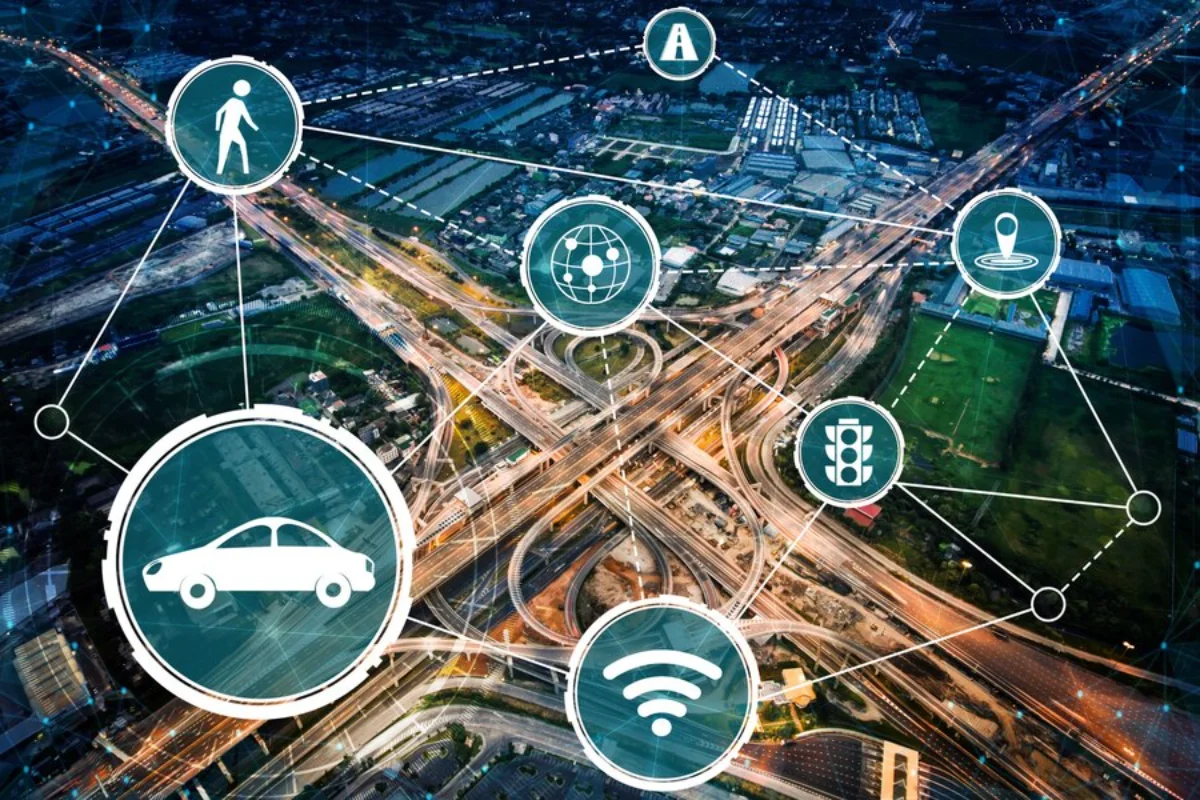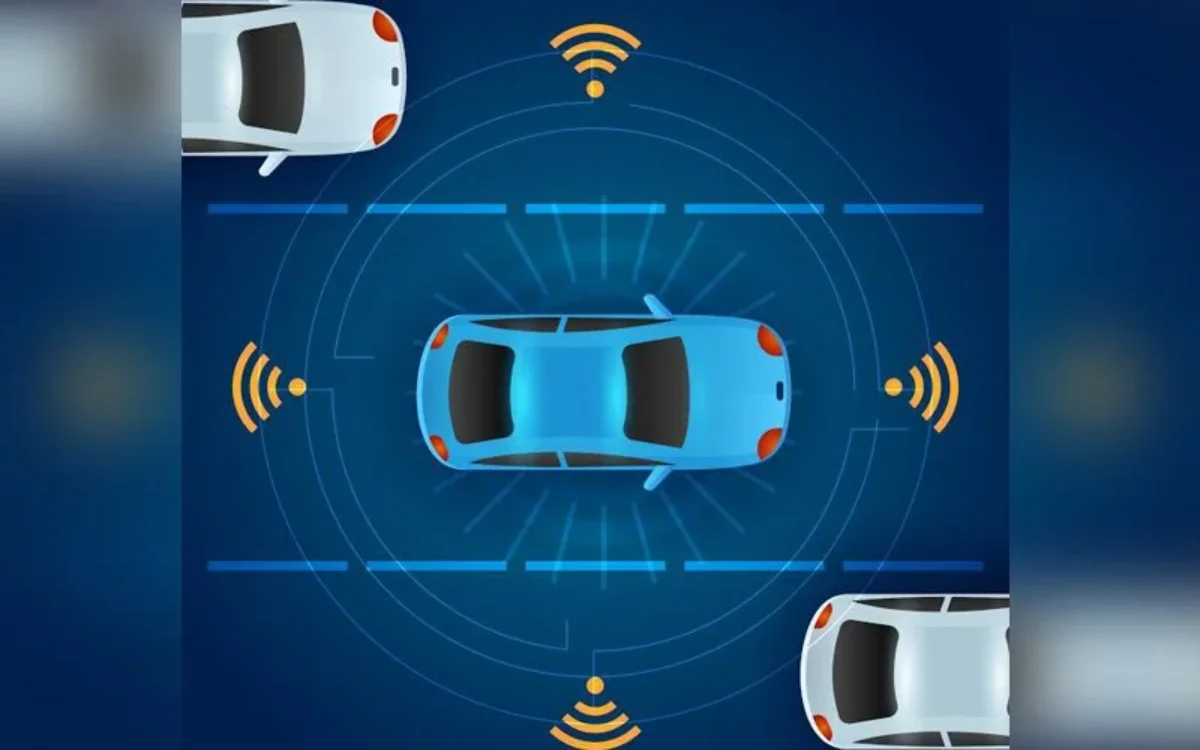Self-driving cars, once a futuristic concept, are becoming a reality thanks to advances in AI in autonomous vehicles. This technology is transforming the transportation industry by making travel safer, more efficient, and environmentally friendly. From major tech giants like Tesla and Waymo to automotive leaders like Mercedes-Benz and General Motors, companies worldwide are investing in self-driving car technology to revolutionise AI transportation.
How near are we to the finish line of fully autonomous driving? What hurdles must we leap before self-driving cars hit the mainstream highways? How will AI-powered vehicles shape our tomorrow? This article delves into the pivotal role of AI in autonomous vehicles. We’ll uncover the cutting-edge advancements steering the industry, spotlight the rewards and roadblocks ahead, and gaze into the crystal ball for what AI transportation has in store.

How AI Powers Self-Driving Cars
At the heart of self-driving car technology beats Artificial Intelligence (AI). This cutting-edge tech empowers vehicles to sense their surroundings, make smart decisions, and navigate roads with precision. Unlike old-school automation, AI learns from data, predicts scenarios, and adapts on the fly. With this brainy booster, our cars become dynamic defenders of road safety.
Here’s how AI functions in self-driving cars:
1. Machine Learning & Neural Networks
AI-powered self-driving cars are revolutionising the road with machine learning magic. These smart vehicles drink in endless data from real-world journeys, enabling them to:
Spot traffic patterns and decode road signs; Detect pedestrians, cyclists, and fellow drivers; Anticipate the moves of other motorists.
With neural networks at their core, AI keeps learning and adapting. This makes self-driving transportation not just smart, but a responsive companion on every drive.
2. Computer Vision & Object Detection
AI-powered computer vision enables self-driving cars to “see” and interpret their surroundings. Using advanced image processing techniques, AI can:
- Identify road markings and traffic signals
- Detect obstacles and lane boundaries
- Recognise pedestrians and animals on the road
Example: Tesla’s Full Self-Driving (FSD) system uses AI-powered computer vision to process real-time data from cameras and sensors, enabling better navigation.
3. Sensor Fusion & Real-Time Decision-Making
Self-driving cars use multiple sensors to create a comprehensive understanding of their environment. These include:
- LIDAR (Light Detection and Ranging) – Uses laser pulses to create 3D maps of surroundings.
- Radar Sensors – Measures distances and detects moving objects.
- Cameras – Capture high-resolution images to help AI interpret road conditions.
- Ultrasonic Sensors – Assist in parking and detecting close-range objects.
By combining data from these sensors, AI-powered self-driving cars react instantly to changing road conditions.
Benefits of AI in Autonomous Vehicles
1. Improved Road Safety
Step aside, human fallibility; it’s time for AI to take the wheel. A staggering 94% of road accidents can be traced back to human errors. Enter AI in autonomous vehicles, your steadfast guardian against crashes, steering clear of distractions, fatigue, and reckless driving.
Take Waymo’s self-driving cars, for example. They have cruised over 20 million miles, racking up notably fewer accidents than their human counterparts. Each mile driven is a testament to technology’s promise, unravelling the chaos of the road.
2. Traffic Efficiency & Reduced Congestion
AI-powered self-driving cars are the traffic whisperers of the road. They seamlessly chat with other vehicles to streamline traffic flow, cut back congestion, and eliminate frustrating bottlenecks. These automotive allies work in harmony, creating a symphony of smooth rides for everyone.
In cities like Singapore and Los Angeles, intelligent traffic management has trimmed congestion by an impressive 30%.
3. Accessibility for Elderly & Disabled Individuals
Self-driving cars provide mobility solutions for people who are unable to drive due to age or disability, increasing their independence.
4. Lower Carbon Emissions & Fuel Efficiency
AI-driven vehicles glide smoothly on the road. They minimise unnecessary acceleration and braking, enhancing fuel efficiency. This innovation contributes to a greener future in transportation. Embrace an eco-friendly journey with AI’s intelligent navigation!

Challenges in Self-Driving Car Technology
1. Ethical Decision-Making in AI Transportation
If an accident is unavoidable, should AI prioritise passenger safety or pedestrian safety? The ethical programming of AI in autonomous vehicles remains a challenge.
2. Weather-Related Sensor Limitations
Rain, snow, and fog can interfere with sensors, making it difficult for AI to detect objects accurately. Improvements in AI algorithms and sensor fusion are helping overcome this challenge.
3. Cybersecurity Risks
Since self-driving cars are connected to the internet, they are vulnerable to hacking. Ensuring strong AI-driven cybersecurity measures is crucial.
4. Regulatory & Legal Barriers
Governments must address liability issues—if an autonomous vehicle crashes, who is responsible? Countries are developing self-driving car technology laws to clarify legal responsibilities.

The Future of Self-Driving Car Technology
Looking ahead, AI transportation is expected to evolve with:
1. AI-Integrated Smart Cities
Self-driving cars will connect with AI-powered traffic systems to improve city mobility and reduce congestion.
2. AI & Vehicle-to-Vehicle (V2V) Communication
AI-powered cars will communicate with each other, preventing accidents and optimising traffic flow.
3. Autonomous Ride-Sharing Services
Companies like Uber & Lyft are developing self-driving taxi fleets, reducing car ownership rates.
4. Personalised AI Driving Assistants
Self-driving cars will use AI assistants to: Adjust seating, temperature, and music preferences and plan optimal travel routes based on real-time conditions
The Road Ahead: AI’s Role in the Future of Transportation
AI is steering the revolution in self-driving car technology. It’s reshaping our commutes and journeys with every innovation. Challenges may linger in the rearview mirror, but the horizon holds promise. The future of AI in autonomous vehicles gleams with the potential for safety, intelligence, and efficiency. As AI evolves, self-driving cars will seamlessly merge into our daily routines, transforming the way we navigate the world.

